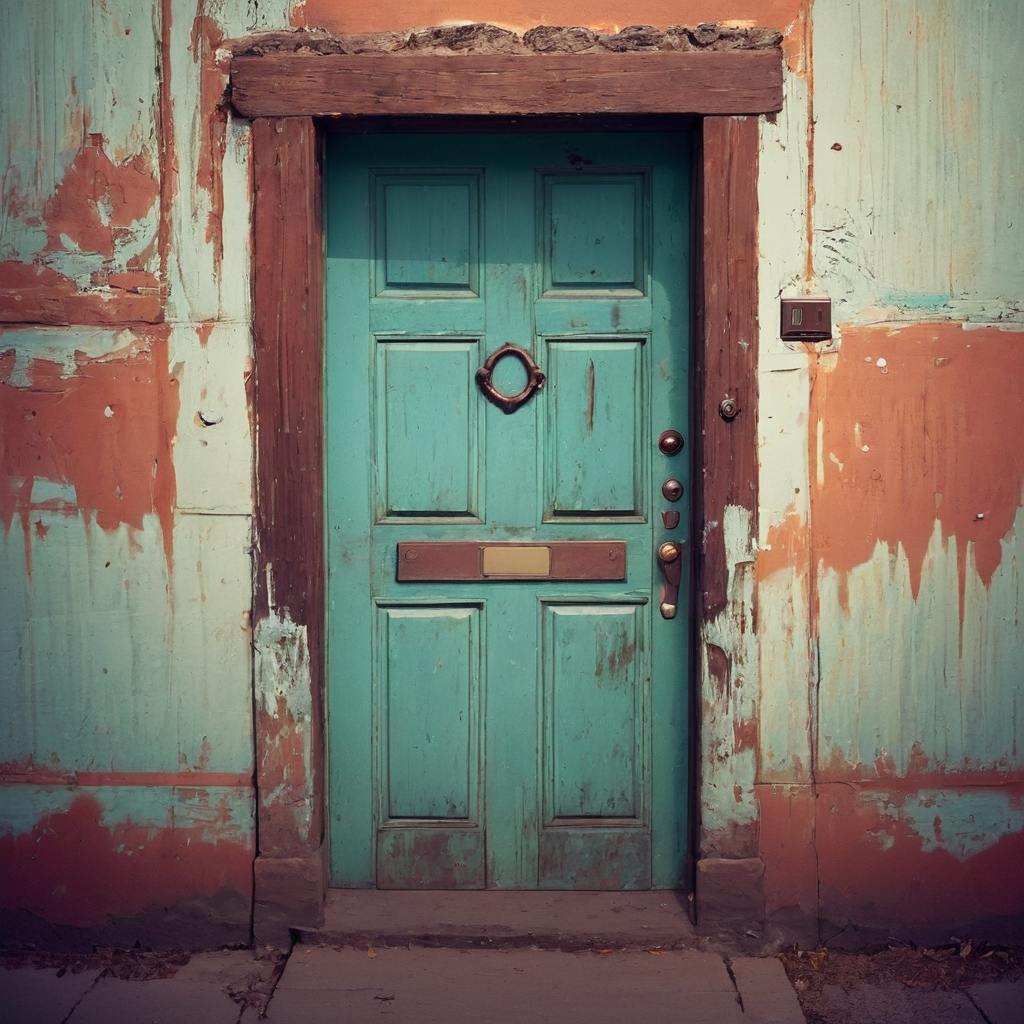
Doors serve as essential elements in the design and functionality of a home, providing security, privacy, and aesthetic appeal. While both exterior and interior doors serve the purpose of dividing spaces and controlling access, they differ in terms of construction, materials, and features to meet their specific roles within a home. In this article, we delve into the dissimilarities between exterior and interior doors to help homeowners make informed decisions when selecting doors for their living spaces.
1. Construction and Durability:
- Exterior doors are designed to withstand harsh weather conditions, temperature fluctuations, and intruders, requiring sturdier construction and durable materials. Exterior doors are typically thicker and heavier than interior doors, often made of solid wood, fiberglass, or steel to provide security and insulation against the elements.
- Interior doors, on the other hand, are lighter and thinner since they do not need to withstand external factors like weather or security threats. Interior doors are commonly made of hollow core or solid core construction, offering privacy, sound insulation, and aesthetic appeal within the home.
2. Insulation and Energy Efficiency:
- Exterior doors play a crucial role in maintaining energy efficiency and insulation in a home, preventing heat loss in winter and heat gain in summer. Exterior doors are equipped with weather-stripping, insulation, and energy-efficient features to minimize drafts and enhance thermal performance.
- Interior doors are primarily used to divide living spaces and provide privacy, rather than serving as barriers against external elements. While interior doors do not require the same level of insulation as exterior doors, solid core interior doors can offer some soundproofing and privacy benefits within the home.
3. Design and Aesthetics:
- Exterior doors are often the focal point of a home’s facade, making a statement with their design, style, and materials. Exterior doors come in a variety of styles, finishes, and decorative elements to complement the architectural style of the home and enhance curb appeal.
- Interior doors contribute to the overall aesthetics and flow of interior spaces, providing continuity or contrast with the decor and design scheme. Interior doors come in a range of styles, finishes, and configurations to suit different rooms and design preferences, adding character and functionality to living areas.
4. Security and Hardware:
- Exterior doors are equipped with robust locks, deadbolts, and security features to protect the home from intruders and ensure the safety of occupants. Exterior door hardware is designed for durability, strength, and resistance to forced entry, providing peace of mind and security for homeowners.
- Interior doors typically feature simpler hardware and locking mechanisms, focusing more on privacy and convenience within the home. Interior door hardware may include knobs, levers, hinges, and latches that complement the design of the door and enhance ease of use in daily activities.
5. Cost and Maintenance:
- Exterior doors tend to be more expensive than interior doors due to their construction, materials, and security features required for external use. Exterior doors may also require more maintenance, such as periodic painting, sealing, or weather-stripping to protect against the elements and prolong their lifespan.
- Interior doors are generally more affordable than exterior doors, offering a range of options to suit different budgets and design preferences. Interior doors are easier to maintain and may only require occasional cleaning or refinishing to keep them looking fresh and functional in the home.
Understanding the variances between exterior and interior doors can help homeowners make informed decisions when selecting doors for their home, considering factors such as construction, insulation, design, security, cost, and maintenance requirements. By choosing the right doors for each space based on their specific functions and characteristics, homeowners can enhance the functionality, aesthetics, and security of their living environment while creating a cohesive and well-designed home that meets their needs and preferences.
Cedar Hill St. Louis Jefferson County Olivette Kirkwood Ballwin Arnold Franklin County St Charles County Fenton High Ridge Dittmer Creve Coeur
